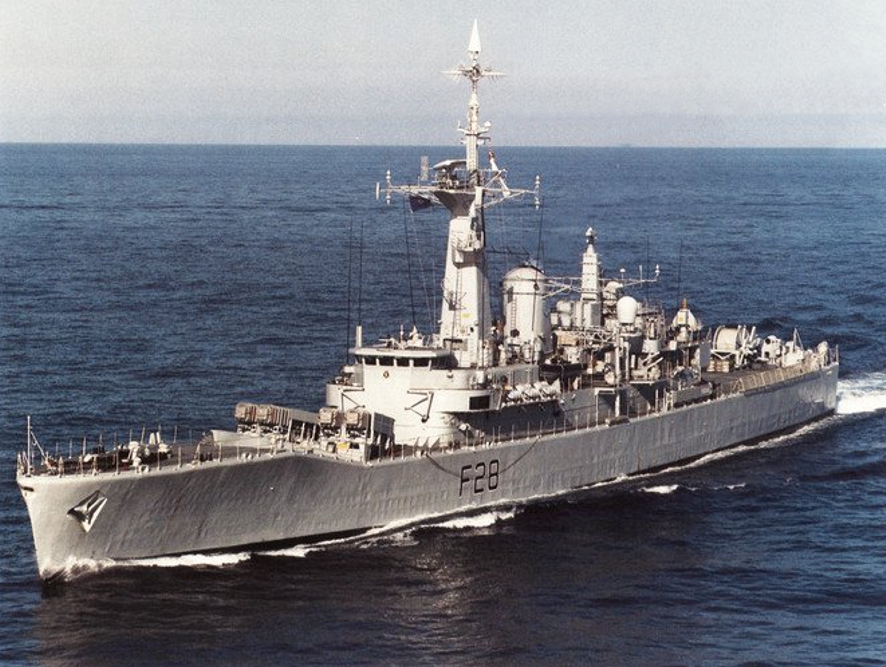
Starter for ten: the near-constant use of the *very loud* whole ship's broadcast when they're supposedly being trailed by an enemy submarine...
https://twitter.com/FrPeterAnthony/status/1432822681980874763
Starter for eleven: an SSBN surfacing to pick anybody up at all. Immediately giving its position away to all and sundry)
(Which sort of invalidates the whole point of the show but 🤷♂️)
(Which sort of invalidates the whole point of the show but 🤷♂️)
starter for twelve: the Lt Cdr XO who pretty much out and out states he got the job because he married an Admiral's daughter rather than on merit. Which, for anyone who knows anything about the Submarine Command Course, AKA "the Perisher", is pretty ludicrous.
Starter for thirteen: A reactor SCRAM causing the firefighting gas drench to go off for no apparent reason.
Starter for fourteen: letting a civilian with no sea survival training on an operational V boat.
Starter for fifteen: letting a civilian wander around said operational V boat unaccompanied.
Starter for sixteen: she probably doesn't even have the appropriate security clear... okay I'll leave this line of thought alone.
Starter for seventeen: in open ocean the boat "doesn't hear" a giant VLCC tanker and almost hits it.
(At least the CO loses his mind over this)
(At least the CO loses his mind over this)
Starter for eighteen: why is the submarine always depicted as going *really fast*?
SSBNs are built for stealth, which means very slow speeds and lots of being quiet.
SSBNs are built for stealth, which means very slow speeds and lots of being quiet.
Starter for nineteen: all the spaces onboard are massive.
Starter for twenty: the Faslane "peace camp" is nowhere near that impressive in real life.
Starter for Blackjack: everyone in the control room spontaneously applauds when they get the reactor back online.
• • •
Missing some Tweet in this thread? You can try to
force a refresh























